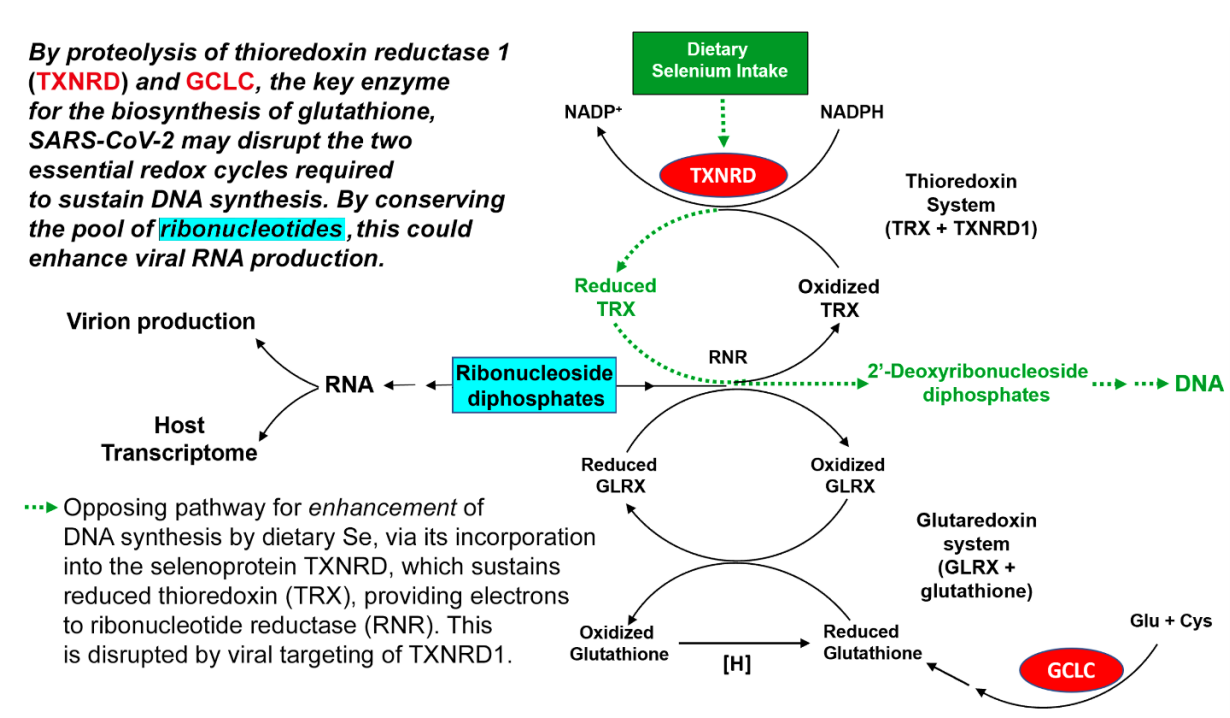People
Ethan Will Taylor

Field: Biomedicinal Chemistry
Room: 403A Sullivan Science Building
Phone: 828-606-2798
Email: ewtaylor@uncg.edu
Research Website: https://chem.uncg.edu/person/e-will-taylor/
Education
B.Sc. (Chemistry), University of Winnipeg , 1981
Ph.D. (Pharmacology), University of Arizona , 1985
NIH Postdoc (Medicinal Chemistry), University of Arizona, 1986-1987
Research
Research interests and activities of the Taylor lab encompass areas ranging from structural bioinformatics, molecular modeling and drug design, to applied molecular biotechnology, nanotechnology and virology, with a special focus on the biochemistry of the dietary trace element selenium.
Molecular modeling, bioinformatics, virus gene discovery and identification. Our research often begins with theoretical genomic analysis, using various bioinformatics tools, to develop hypotheses about biological structure and mechanisms, which are then validated in the “wet lab” by molecular biological methods. This approach is applied to various problems of biomedical interest. A key accomplishment is our demonstration that the genomic complexity of some viruses is greater than previously thought. In the case of HIV-1 we have demonstrated the existence of several novel viral proteins encoded in “hidden” genes, and shown that they function as previously predicted by theory. These findings have implications for the role of dietary antioxidants, and the trace mineral selenium in particular, in modulating viral pathogenesis.
The SARS coronaviruses as a paradigm for the perturbation of host selenobiology by RNA viruses. In a study of COVID-19 patients in China, Dr. Taylor and an international team of scientists were the first to demonstrate a significant association between regional selenium status and the outcome of SARS-CoV-2 infection (article #10 listed below). This correlation has subsequently been confirmed in various COVID-19 populations worldwide by at least 10 independent international studies. These findings are similar to widely reported results about COVID-19 severity being affected by host vitamin D3 status, which may act synergistically with selenium, because it is well established that vitamin D3 increases the expression of several selenium-containing proteins and other antioxidant and anti-inflammatory genes. Significantly, we have shown that, by antisense and/or proteolysis, SARS-CoV-2 may be targeting genes that are upregulated by Se and/or vitamin D3 (e.g. thioredoxin reductase 1, selenoproteins F and P, and glutamate cysteine ligase, the rate-limiting enzyme for glutathione synthesis), resulting in virus-mediated knockdown at either or both of the mRNA and protein levels (articles #9, 12, and 15 listed below). Some of these host genes are involved in DNA synthesis, so their knockdown by SARS-CoV-2, an RNA virus, may serve to increase the pool of ribonucleotides, to increase the production of viral RNA for incorporation into progeny viruses. Disruption of host antioxidant defenses with increased oxidative stress, inflammation and cell death can be seen as “collateral damage” from these viral mechanisms. Deficiencies of selenium, vitamin D3 or glutathione would exacerbate the resulting pathogenic effects.
As outlined in our recent press release, the unprecedented finding that the SARS-CoV-2 main protease is targeting several host selenoproteins for proteolytic degradation (15) suggests that the widely documented links between selenium status and the severity of COVID-19 are not only of concern in Se-deficient populations. Disruption of selenoprotein functions by this action of the virus may induce a deficiency-like state at the cellular level.
Representative Publications
(from a total of over 90 research articles and book chapters)
- Zhao, L., Cox, A.G., Ruzicka, J.A., Bhat, A.A., Zhang, W. and Taylor E.W. (2000): Molecular modeling and in vitro activity of an HIV-1 encoded glutathione peroxidase. Proc. Natl. Acad. Sci. USA97: 6356-6361.
- Olubajo, B. and Taylor, E.W. (2005) A -1 frameshift in the HIV-1 env gene is enhanced by arginine deficiency via a hungry codon mechanism. Mutation Res. 579: 125-132.
- Chandrasekaran, V. and Taylor, E.W. (2007) Molecular modeling of the oxidized form of Nuclear Factor-κB suggests a mechanism for redox regulation of DNA binding and transcriptional activation. J. Mol. Graph. Model. 26: 861-7.
- Kleinman, K. Yamada, A. Takeda, V. Chandrasekaran, M. Nozaki, J.Z. Baffi, R.J.C. Albuquerque, S. Yamasaki, M. Itaya, Y. Pan, B. Appukuttan, D. Gibbs, Z. Yang, K. Karikó, B.K. Ambati, T.A. Wilgus, L.A. DiPietro, E. Sakurai, K. Zhang, J.R. Smith, E.W. Taylor, J. Ambati (2008) Sequence- and target-independent suppression of angiogenesis by siRNA via TLR3. Nature, 452: 591-597.
- Taylor, E.W. (2009) The oxidative stress-induced niacin sink (OSINS) model for HIV pathogenesis. Toxicology 278: 124-130.
- Carlsen, A., Zahid, O., Ruzicka, J., Taylor, E.W., and Hall, A.R. (2014) Interpreting the Conductance Blockades of DNA Translocations Through Solid-State Nanopores. ACS Nano. 8(5):4754-60.
- Taylor, E.W., Ruzicka, J.A., Premadasa, L. and Zhao, L. (2016) Cellular selenoprotein mRNA tethering via antisense interactions with Ebola and HIV-1 mRNAs may impact host selenium biochemistry. Curr, Top. Med. Chem., 16, 1530-1535.
- Zahid, O., Wang, F., Ruzicka, J.A., Taylor, E.W., and Hall, A.R. (2016) Sequence-Specific Recognition of MicroRNAs and Other Short Nucleic Acids with Solid-State Nanopores. Nano Lett. 16: 2033–2039.
- Taylor, E. W. (2020) RNA viruses vs. DNA synthesis: a general viral strategy that may contribute to the protective antiviral effects of selenium. Preprints 2020, 2020060069.
- Zhang J*, Taylor EW*, Bennett K, Saad R, Rayman MP (2020). Significant association between selenium status and outcome of coronavirus disease, COVID-19. J. Clin. Nutr. 111, 1297-1299. *Joint first authors.
- Taylor E.W., Radding W. (2020). Understanding selenium and glutathione as antiviral factors in COVID-19: Does the viral Mpro protease target host selenoproteins and glutathione synthesis? Front. Nutr., 2020, 7, 143.
- Wang Y, Huang J, Sun Y, Stubbs D, He J, Li W, Wang F, Liu Z, Ruzicka JA, Taylor EW, Rayman MP, Wan X, Zhang J. SARS-CoV-2 suppresses mRNA expression of selenoproteins associated with ferroptosis, ER stress and DNA synthesis. Food Chem Toxicol 153 (2021) 112286.
- Zhang J*, Taylor EW*, Bennett K, Rayman MP (2023) Does atmospheric dimethyldiselenide play a role in reducing COVID-19 mortality? Gondwana Res. 114, 86-92. *Joint first authors.
- Zhang Z, Hao M, Zhang X, He Y, Chen X, Taylor EW*, Zhang J* (2023) Potential of green tea EGCG in neutralizing SARS-CoV-2 Omicron variant with greater tropism toward the upper respiratory tract. Trends Food Sci Technol. 132, 40-53. *Joint corresponding authors.
- Gallardo IA, Todd DA, Lima ST, Chekan JR, Chiu NH and Taylor EW (2023) SARS-CoV-2 main protease targets host selenoproteins and glutathione biosynthesis for knockdown via proteolysis, potentially disrupting the thioredoxin and glutaredoxin redox cycles. Antioxidants, 2023, 12(3), 559.






